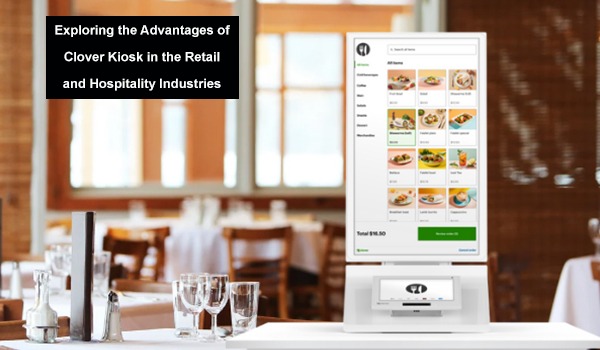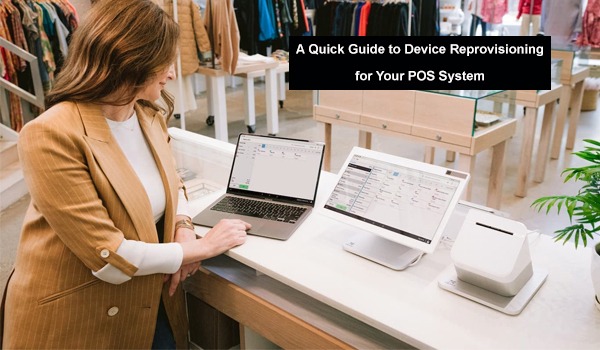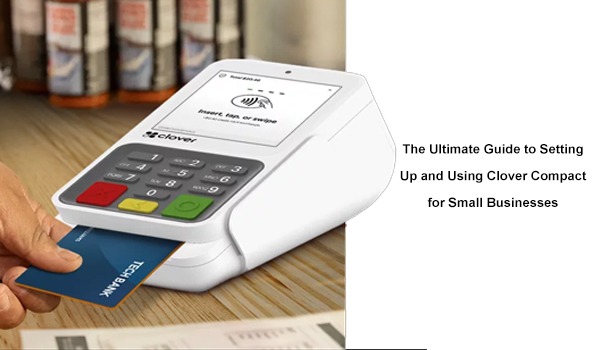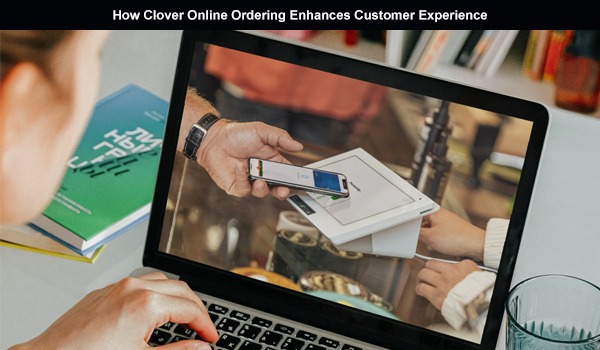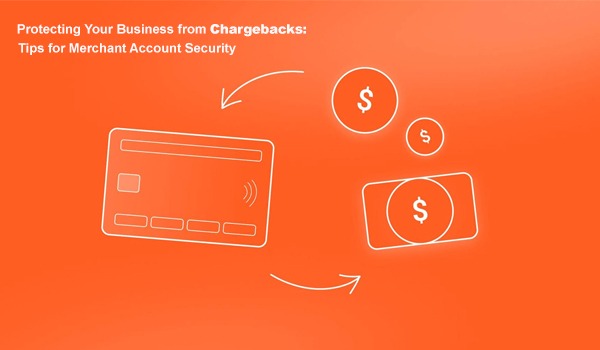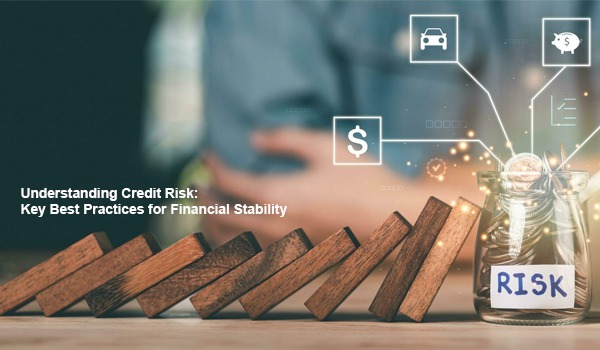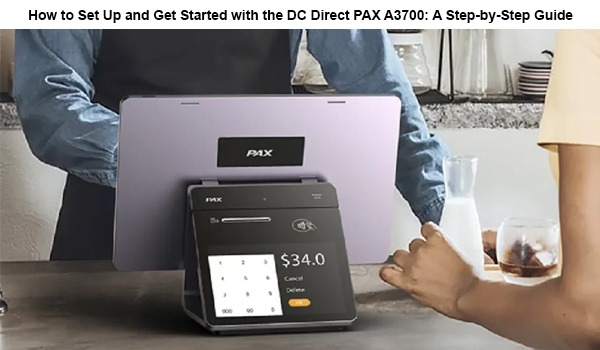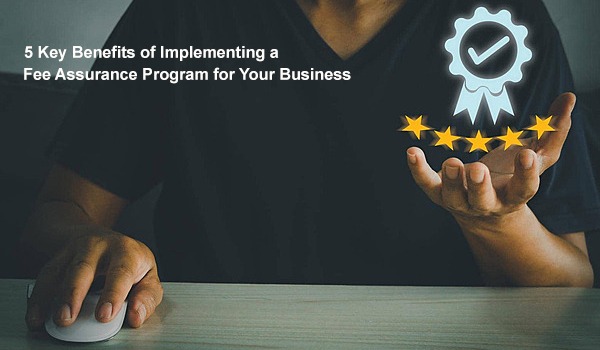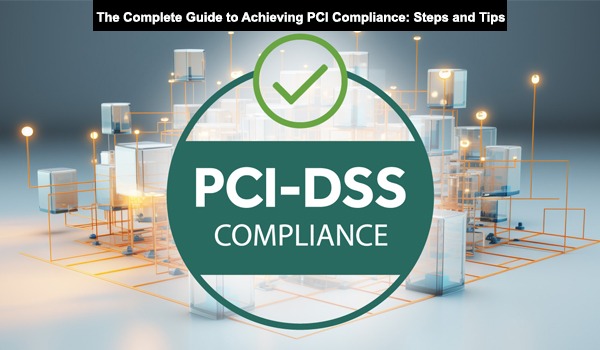
Introduction: Understanding PCI Compliance
When you handle payment card information, it's critical to ensure that your business is secure and follows the necessary guidelines to protect sensitive customer data. This is where PCI Compliance comes in. PCI (Payment Card Industry) compliance is a set of security standards designed to ensure that all companies that accept, process, store, or transmit credit card information maintain a secure environment.
Achieving PCI compliance isn't just about meeting requirements—it's about creating a culture of security within your business. With data breaches and cyberattacks becoming more prevalent, customers expect businesses to take every possible step to protect their sensitive payment information. By following PCI standards, you'll not only reduce the risk of security incidents but also demonstrate to your customers that you prioritize their safety. This trust can lead to better customer loyalty, improved brand reputation, and peace of mind knowing your business is secure.
This guide will walk you through the essential steps and tips for achieving PCI compliance to help safeguard your business and maintain trust with your customers.
What is PCI Compliance?
PCI Compliance refers to adhering to the Payment Card Industry Data Security Standards (PCI DSS), which is a set of security protocols designed to protect cardholder data from theft and fraud. Whether you're a small business or a large enterprise, PCI compliance is vital for keeping credit card transactions secure and minimizing the risk of data breaches.
PCI compliance is not just a requirement but a safeguard for both businesses and their customers. By following the guidelines set forth by the PCI DSS, companies can protect themselves from cyber threats, reduce the risk of data breaches, and avoid the financial consequences of non-compliance. The standards cover a wide range of security measures, including encryption, access controls, and regular security testing, to ensure that sensitive payment information is always handled securely. For businesses, achieving and maintaining PCI compliance is an ongoing process, requiring regular updates, audits, and employee training to stay ahead of emerging threats and industry best practices.
Understand the PCI DSS Requirements
The first step in achieving PCI compliance is understanding the PCI DSS requirements, which include 12 key principles, such as:
- Build and Maintain a Secure Network: Use firewalls and encryption to protect your network from unauthorized access. Regularly update and patch systems to close security gaps and monitor for any unusual activity.
- Protect Cardholder Data: Encrypt sensitive data both when stored and during transmission. Use tokenization to replace card details with secure, unique identifiers, reducing the risk of exposure.
- Access Control: Limit access to cardholder data based on employee roles. Implement strong passwords, and multi-factor authentication, and regularly review access permissions.
- Regular Monitoring and Testing: Monitor network activity with logs and conduct regular vulnerability scans. Perform penetration testing annually to identify and address any security weaknesses.
These principles are crucial for mitigating risks and protecting payment data from breaches.
Assess Your Business’s PCI Compliance Level
PCI compliance is categorized into four levels based on the volume of transactions you process annually. Understanding your level is essential because it determines the type of self-assessment or external audit required. The levels are:
- Level 1: Businesses processing over 6 million transactions annually are required to undergo a full PCI audit. This involves a comprehensive assessment by a qualified security assessor to ensure that all security measures are in place and compliant with PCI DSS requirements. Large businesses with high transaction volumes are held to the most stringent standards to minimize security risks.
- Level 2: Businesses processing between 1 to 6 million transactions annually must complete a self-assessment questionnaire and may need to undergo additional testing or validation, depending on their specific circumstances. These businesses still face significant security risks, so they are required to demonstrate compliance through a detailed self-assessment process.
- Level 3: Businesses processing between 20,000 to 1 million e-commerce transactions annually fall into this category. While they do not require a full audit, they must still complete a self-assessment questionnaire and submit an attestation of compliance. E-commerce businesses at this level need to take precautions to secure online transactions and protect customer data.
- Level 4: Businesses processing fewer than 20,000 e-commerce transactions annually are typically considered low-risk for data breaches. These businesses generally need to complete a self-assessment questionnaire and ensure they adhere to basic PCI requirements. Level 4 businesses are still responsible for securing cardholder data but have fewer compliance obligations due to their smaller transaction volumes.
Understanding your compliance level helps determine what kind of reporting and validation you need to complete.
Complete the Self-Assessment Questionnaire (SAQ)
Most businesses can complete a Self-Assessment Questionnaire (SAQ) to verify their PCI compliance. There are different SAQ types based on how you process payments. For example:
- SAQ A: This is for merchants who only accept card-not-present transactions, such as online or mail-order sales, where the cardholder is not physically present. Merchants in this category do not store, process, or transmit cardholder data on their systems and typically rely on third-party payment gateways for processing. Compliance is generally simpler, as they are not directly handling sensitive card information.
- SAQ B: Designed for merchants who process only card-present transactions using standalone, dial-out terminals that do not connect to the internet. These merchants typically use traditional point-of-sale (POS) systems where card data is swiped or inserted, and the terminal directly communicates with the payment processor. Since these businesses don’t store or transmit cardholder data electronically, they face lower compliance requirements than other types.
- SAQ C: This applies to businesses that process card-present transactions but use payment systems connected to the Internet. These systems may include POS systems that are linked to the internet for authorization or integrated with other software, making them more vulnerable to security threats. These businesses must comply with more stringent security requirements to ensure that cardholder data is protected during processing and transmission.
Filling out the SAQ helps you identify any gaps in your security measures and confirms that you meet the necessary PCI DSS requirements.
Implement Security Measures
After completing your SAQ, the next step is implementing security measures to ensure compliance with PCI DSS. This might include:
- Encryption: Encrypt sensitive cardholder data both in transit and at rest.
- Firewalls: Set up and configure firewalls to protect your network from unauthorized access.
- Access Controls: Restrict access to payment information based on roles and responsibilities within your company.
- Regular Updates: Keep your software, including payment systems, up-to-date with the latest security patches.
Conduct Regular Security Audits
PCI compliance is an ongoing process. It's essential to conduct regular security audits to ensure that your systems remain secure and compliant. These audits can help you:
- Identify potential vulnerabilities.
- Assess whether your systems are still aligned with PCI DSS.
- Verify that your data security measures are up-to-date.
It's recommended to schedule periodic audits (at least annually) to ensure continued compliance.
Work with Your Payment Processor
Partnering with a reliable payment processor can also help streamline the process of achieving PCI compliance. Many processors offer tools and resources to guide you through the compliance process and ensure your business meets the necessary security standards. By working with them, you can take advantage of their expertise and reduce the burden of compliance on your end.
Conclusion
Achieving PCI compliance is crucial for maintaining the security of your business and preserving the trust of your customers. By following the steps outlined in this guide and implementing the right security measures, you can protect your business from data breaches and ensure ongoing compliance with industry standards. Remember, PCI compliance is not a one-time effort—it’s an ongoing commitment. Regular audits, along with continuous improvements to your security practices, will help keep your business secure in the long run.
To stay ahead, don’t delay addressing PCI compliance. Tackling it early can help you avoid costly fines and data breaches. Educate your team about the importance of data security and ensure they follow best practices for handling payment information. Additionally, partner with trusted payment processors that prioritize security and compliance, so your business can focus on what matters most—building customer trust and maintaining a secure, efficient payment environment.


